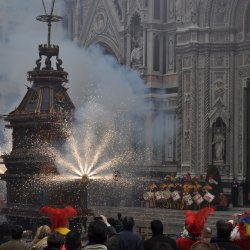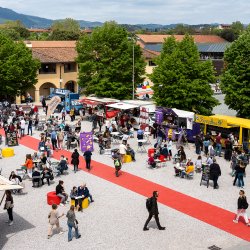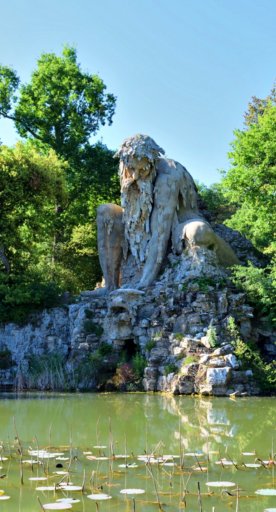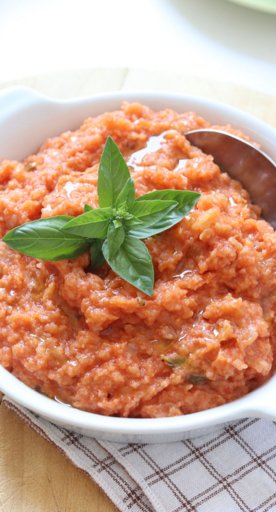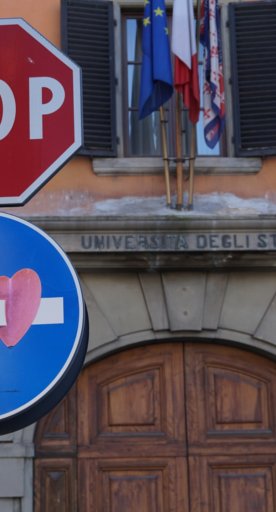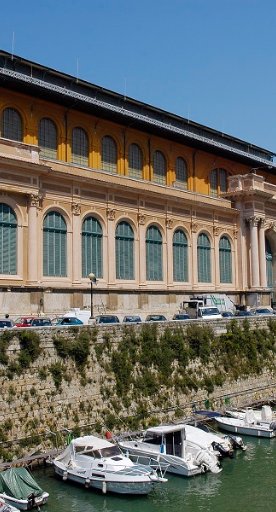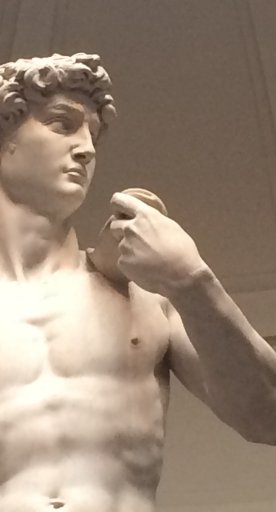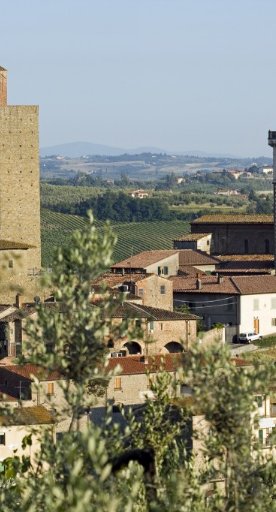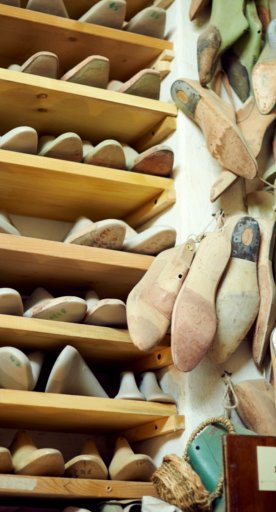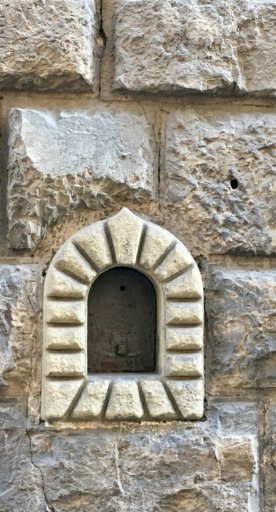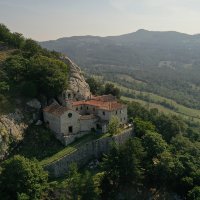One day in Oltrarno: discover the other side of Florence
7 places not to miss on the other side of the river
Like Paris, even Florence has its rive gauche, otherwise known as the Oltrarno, which literally means "on the other side of the Arno." Tourists generally wander around central Florence in places like piazza della Signoria, the Uffizi Gallery, piazza della Repubblica, via dei Calzaiuoli and piazza Duomo, featuring its outstanding cathedral and the San Giovanni Baptistery. Of course, these favorites are bustling with art and history and deserve their own visits, but sometimes it's also worth venturing off the tourist trail! Cross Ponte Vecchio and you'll reach the south side of the river, where you’ll find plenty of bars, churches, museums, parks and workshops worth seeing. In addition to its extraordinary historical treasures, the Oltrarno has another advantage: it's far from Florence's busy central and eastern quarters. This means you'll find a calmer, more authentic and professional area, full of artisan studios flaunting centuries-old traditions and crafts, not to mention the number of antiques stores, friendly bars and small, family-run restaurants.
The Oltrarno includes three of Florence's zones: Santo Spirito, San Niccolò and San Frediano. Below, you’ll find a one-day itinerary to explore them all. Follow us step by step and you won't be disappointed!
-
1.Ponte Vecchio
-
2.Cappella Brancacci
-
3.Palazzo Pitti and the Boboli Gardens
-
4.Church of Santa Felicita
-
5.Forte Belvedere and Villa Bardini
-
6.San Miniato al Monte
-
7.Museo Bardini
Ponte Vecchio

Our journey begins at Ponte Vecchio (meaning "Old Bridge"), with its beautiful gold and jewelery shops. Today's bridge dates to 1345 - what a resistant structure! Here's a fun fact: during World War II (in August 1944), the retreating German army destroyed all of the bridges in Florence except the Ponte Vecchio. Discover more about this age-old bridge in our article 5 things you didn’t know about Ponte Vecchio.
Cappella Brancacci

For your second stop, head to the famous Cappella Brancacci featuring Masaccio and Masolino’s outstanding Renaissance frescoes. They are beautifully conserved in the Church of Santa Maria del Carmine, which was almost completely rebuilt after a fire in 18th century. To get there from the Ponte Vecchio, take the second right and head down via di Santo Spirito and borgo San Frediano: piazza del Carmine will be on your left.
Palazzo Pitti and the Boboli Gardens
You can't visit the Oltrarno without seeing Pitti Palace, the former residence of the Grand Dukes of Tuscany and later the King of Italy. Today Palazzo Pitti houses several museums and galleries, collections that range from porcelain pieces to modern art. The Boboli Gardens are located directly behind Pitti Palace: this beauty is among the largest parks in Florence and is home to large collection of sculptures dating to between the 16th and 18th centuries, not to mention some pieces from Roman times. To reach piazza Pitti, walk along via Sant'Agostino and via Mazzetta.
Church of Santa Felicita
Next stop is the Church of Santa Felicita, found in its namesake square. As the oldest church in the Oltrarno area, it's known for housing Pontormo's Deposition, an altarpiece representing the Deposition of Christ completed in 1528. Santa Felicita also features the Vasari Corridor running across its façade, the spot where nobles would attend mass. The church is located north of piazza Pitti and can reached by following via de' Guicciardini to Ponte Vecchio.
Forte Belvedere and Villa Bardini

Our walk continues up costa San Giorgio. Here, those comfortable shoes you wore for the day will come in handy, as the road is steep and quite tiring! Here's a fun fact: the great scientist Galileo Galilei lived on this street at number 19. The tiring climb brings you to Forte Belvedere, a great spot to appreciate Florence from above (usually open from May to the beginning of October). While hiking up costa San Giorgio, you'll also come across the beautiful Villa Bardini, home to both temporary and permanent art exhibitions and a beautiful garden with postcard views of Florence.
San Miniato al Monte

Don't let the tiring climb get you down, as the beautiful Church of San Miniato al Monte is worth a visit. This church is the most important example of Florentine Romanesque architecture and vaunts an interior worth visiting. The church is located on the hill behind piazzale Michelangelo, another beautiful and famous panoramic spot not to miss! You're sure to get your perfect photograph of Florence from here.
Museo Bardini

The last stop on your walking tour through the Oltrarno is the Museo Bardini. This space is part of the Musei Civici Fiorentini and is named after its creator, Stefano Bardini, one of the most important Italian antiquarians of the previous century. The museum is home to 3,600 artworks, including paintings, marble statues, bronze and wood sculptures, pottery, coins, musical instruments, ancient carpets and furniture dating from Etruscan and Roman times to the Baroque period. The Museo Bardini is located in piazza de' Mozzi.


For another one-day itinerary around Florence, check out our post:
One day in Florence: 10 things you HAVE to do!
Original article by Serena Puosi











